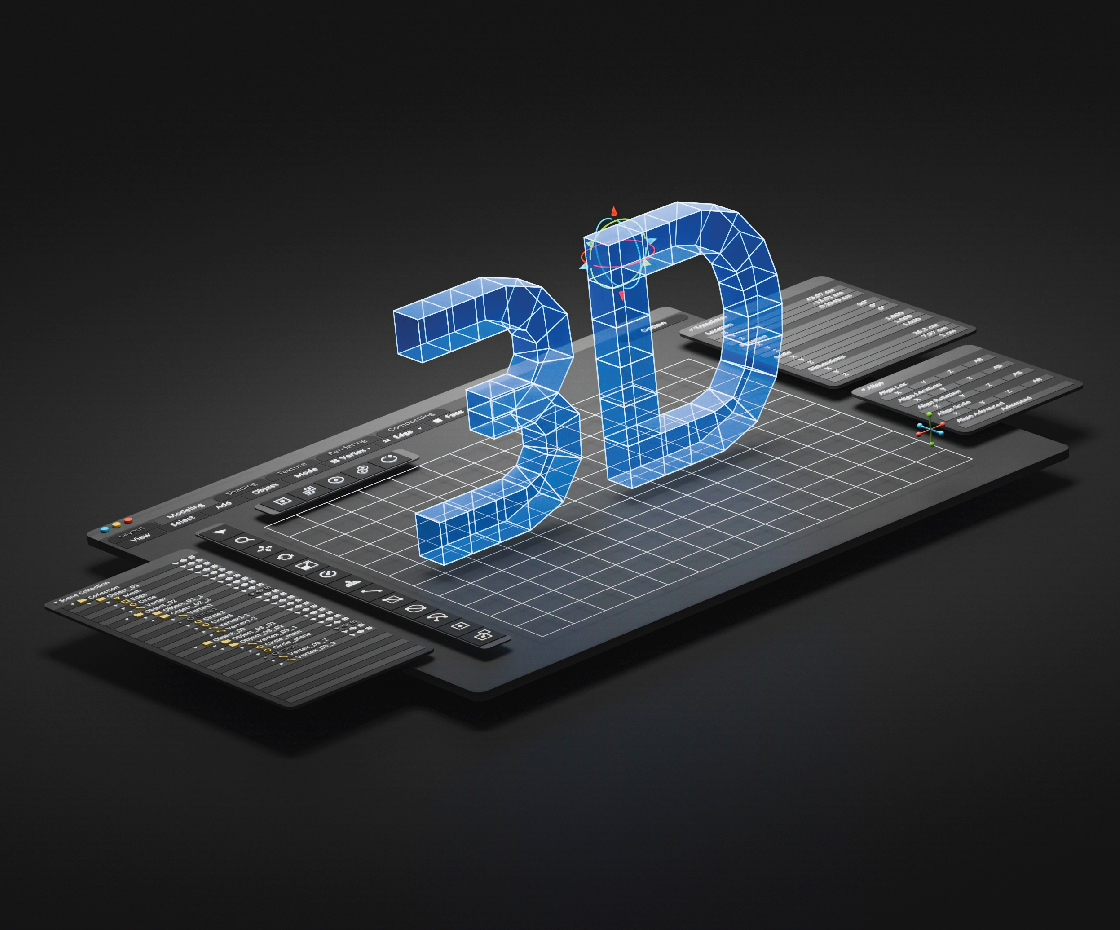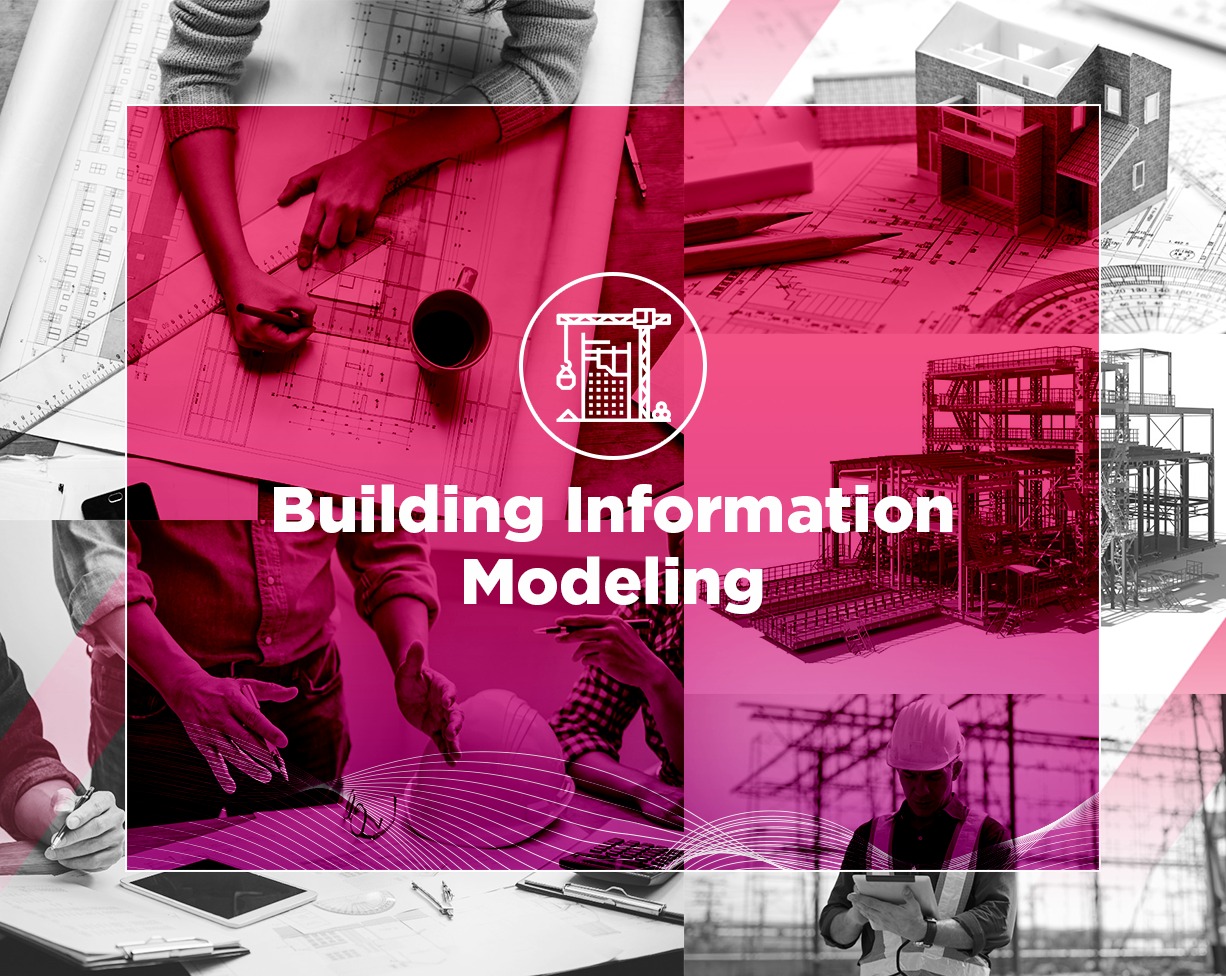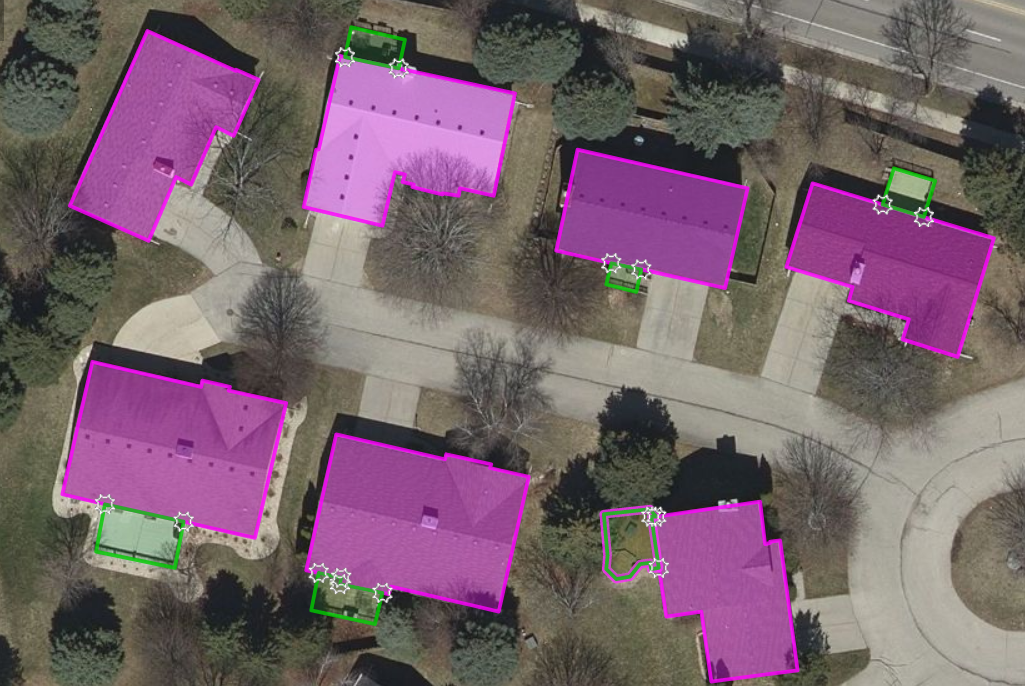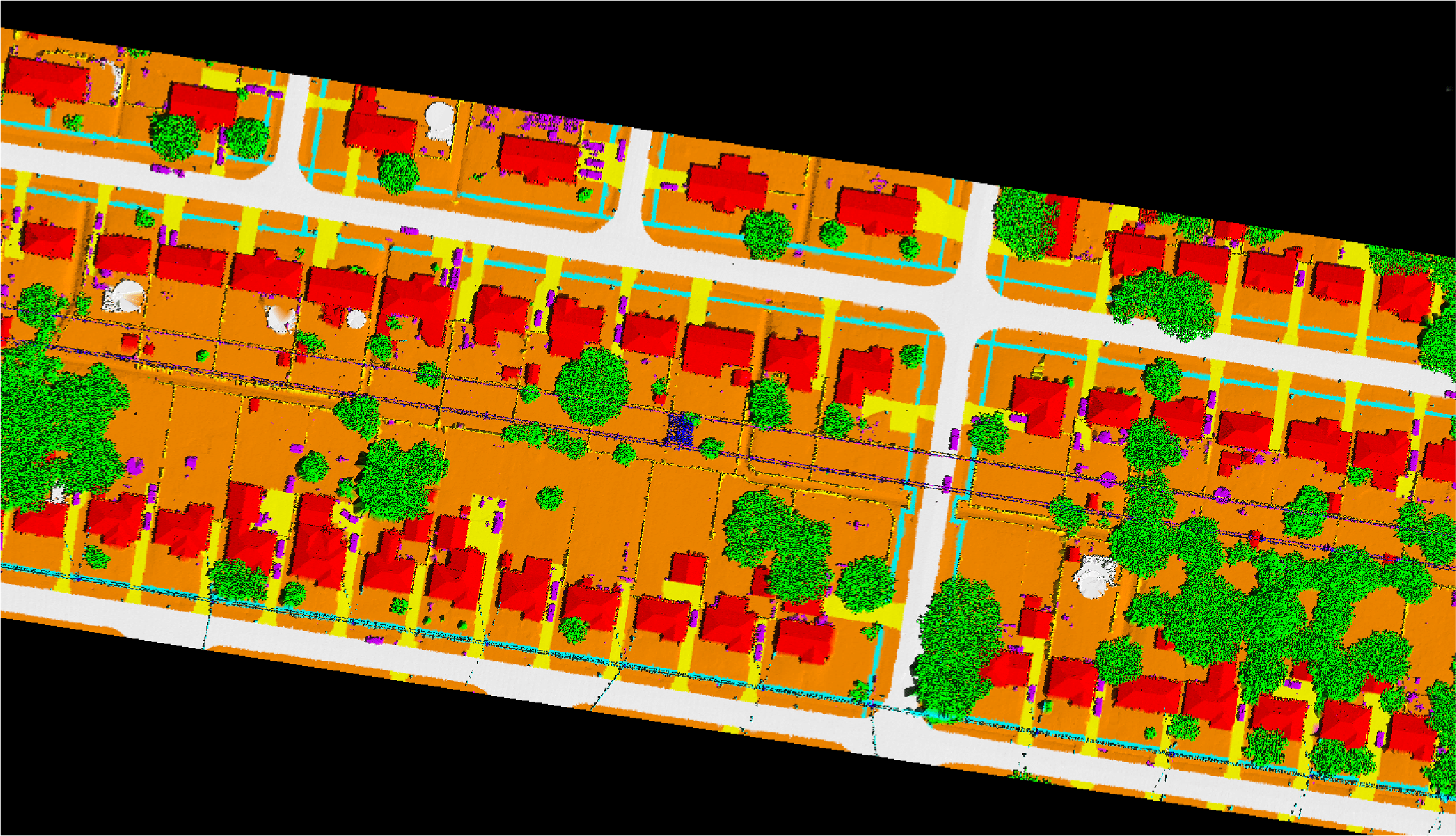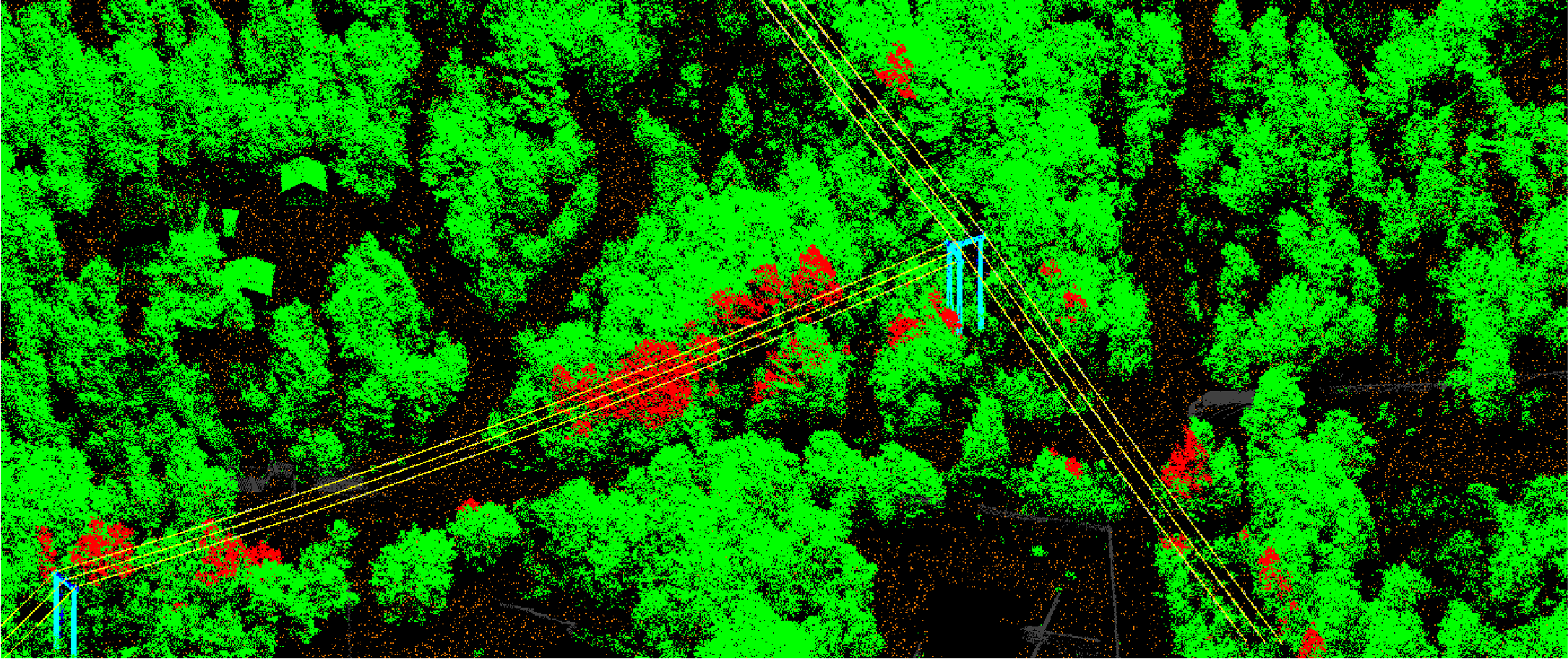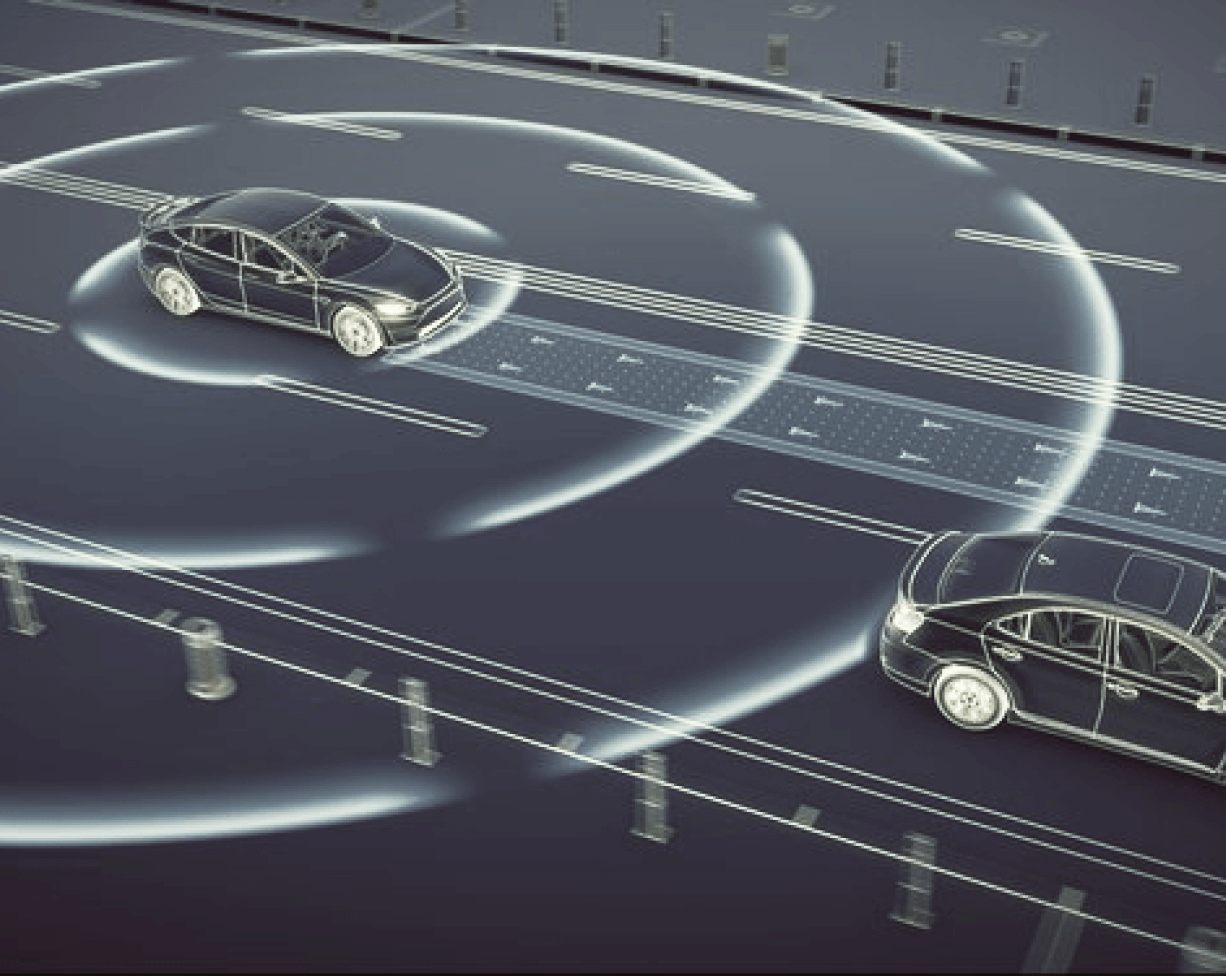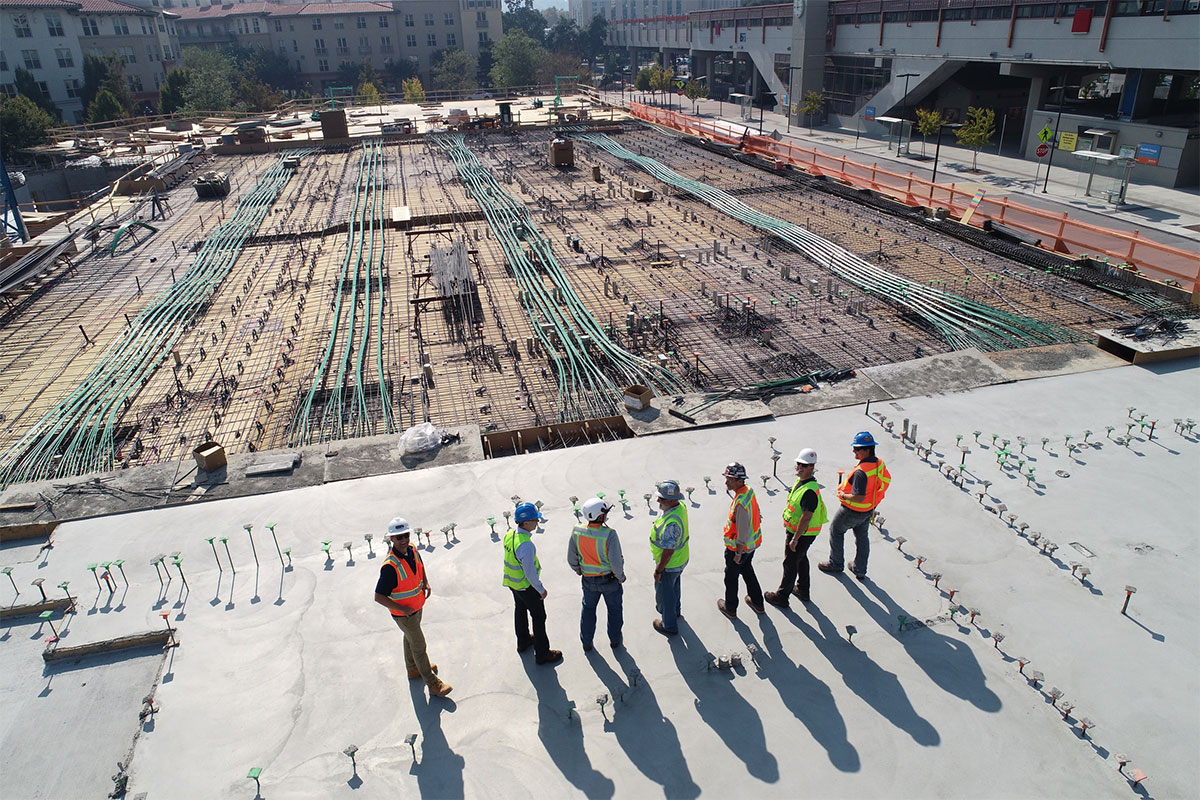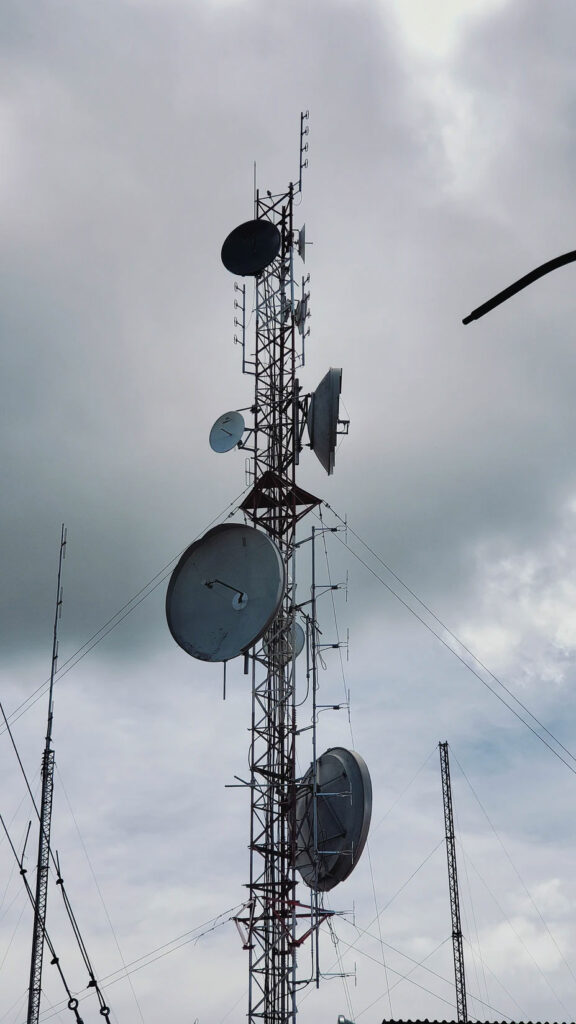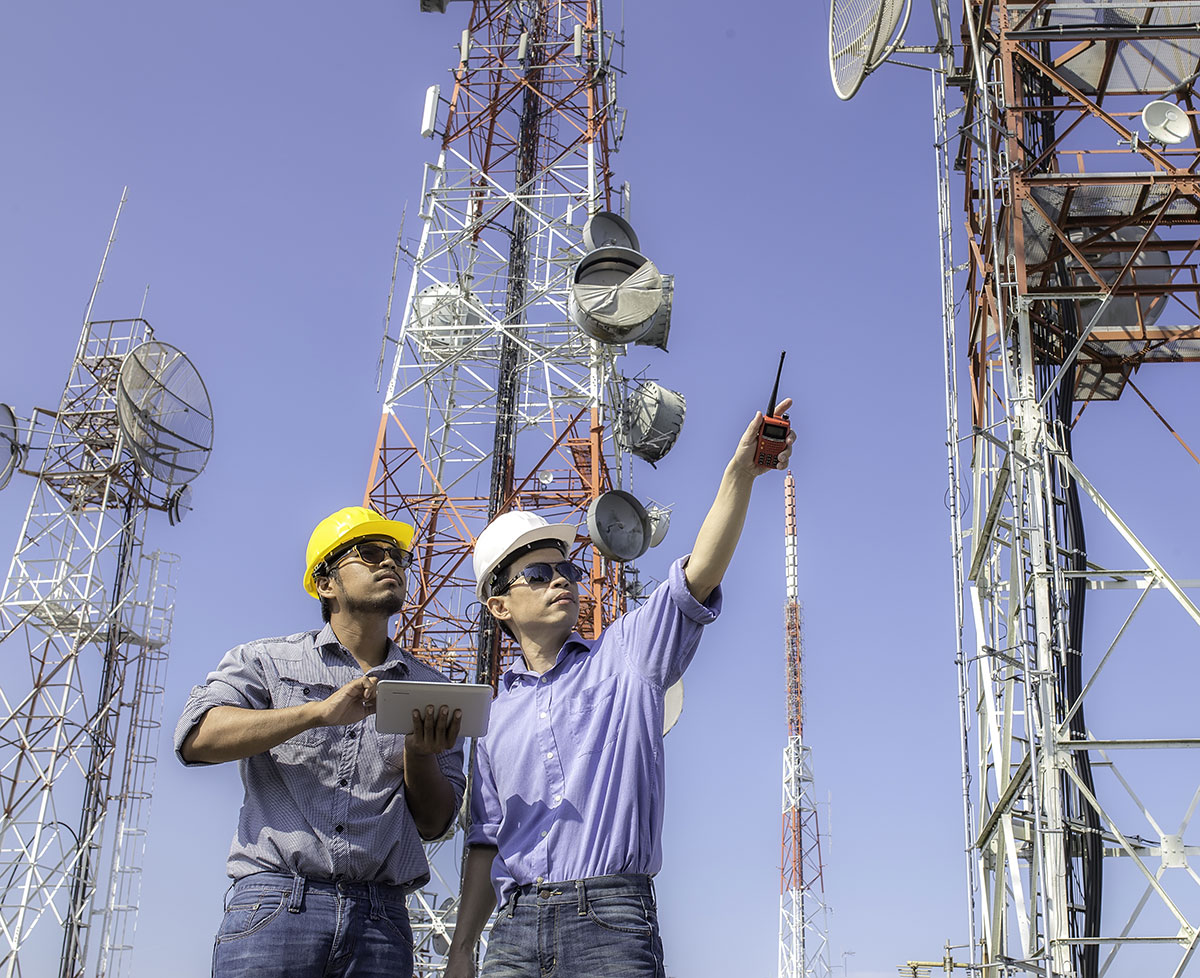Lightweight 3D models are a solution to this problem, as they are much smaller files that can be quickly loaded and rendered. This makes it easier for engineers to work on the same project at the same time, as they can quickly view and make changes to the design. There are many benefits to using lightweight 3D models in collaborative engineering. In this blog post, we will explore some of the most significant benefits. By the end of this post, you will understand why more and more engineers are choosing to use lightweight 3D models in their work.
The Global Model-Based Enterprise Market Is Experiencing a Boom
With a CAGR of 21.17%, the global model-based enterprise market is anticipated to grow from USD 8.1 billion in 2018 to USD 21.3 billion in 2023. Key factors driving market expansion include expanding software capabilities and broad applications of digital technologies in design and manufacturing.
Lightweight Model-Driven Engineering Concept:
The development of new MDE tools aimed at non-technical users (such as citizen developers interested in utilizing open data & big data projects) and the application of techniques to increase the effectiveness of MDE are combined in this lightweight alternative.
Handling huge, highly detailed 3D CAD models in collaborative engineering contexts is getting harder. In particular, file size reduction is necessary for downstream operations, sharing 3D CAD models between OEMs and suppliers, and IP (intellectual property) protection while keeping the original design intent. By enclosing, defeaturizing, and extracting inner and exterior surfaces, 3D geometry can be simplified to benefit businesses.
Lightweight CAD models make the efficient exchange and communication of pertinent 3D product information possible since redundant and private data storage is avoided. This is a crucial foundation for practical collaborative engineering in internationally dispersed development.
What is a Lightweight Model?
A lightweight model is a three-dimensional graphic representation of a model that resembles every other model in the viewport. However, as the lightweight models do not contain comprehensive information or metadata, they consume less memory. The light version loads more quickly, serving every aspect of the use case.
Why is it popular?
To increase the effectiveness of BIM design, designers may design, show, compare, and alter building models using a lightweight, realistic 3D model on the same platform.
What are the benefits?
- Extremely Lightweight – A GLB 3D file weighs 33% less than a gITF.
- Compatible with website & app – It works well with websites and apps without degrading their performance or loading speed.
- Ease of integration – The format is readily integrated with 3D product visualization, AR, and VR.
- Accessibility across programs – It can be opened and altered in various graphics and 3D programs.
Sectors Benefited:
- Indoor Mapping
- Outdoor Mapping
- Urban Mapping
- 3D Modeling
- Design Development
- 3D CAD
- Manufacturing
- AEC Industry
A Necessity for Simplification:
- Engineering collaboration impacted by growing digitization and international value-added networks. Large amounts of data must be securely kept, efficiently exchanged between partners, customers, suppliers, etc., and handled with various tools according to established business and technical processes.
- Approaches like model-based enterprise and model-based systems engineering even boost the value of 3D product information. As only the necessary information is handled, simplified 3D models are a crucial enabler for successful digitalization in heterogeneous system landscapes and effective reuse of CAD data in downstream processes.
- Further, each subsequent procedure greatly influences how much and what kind of 3D data is used. Most downstream operations only need a small portion of the data from the initial CAD model, which could result in cost savings and quicker turnaround times.
- The hardware’s rapid development aids efficient data handling, but 3D models develop even more quickly. Every day, a sizable number of 3D models—original CAD models and their derivatives—are created, and the amount of data in them is steadily growing.
- Whole-product design CAD models are typically intricate and massive in file size. Large 3D models cannot open in the intended program in the worst-case scenario. It is always important to safeguard creative intent and intellectual property when disseminating intricate 3D models outside a single organization’s confines.
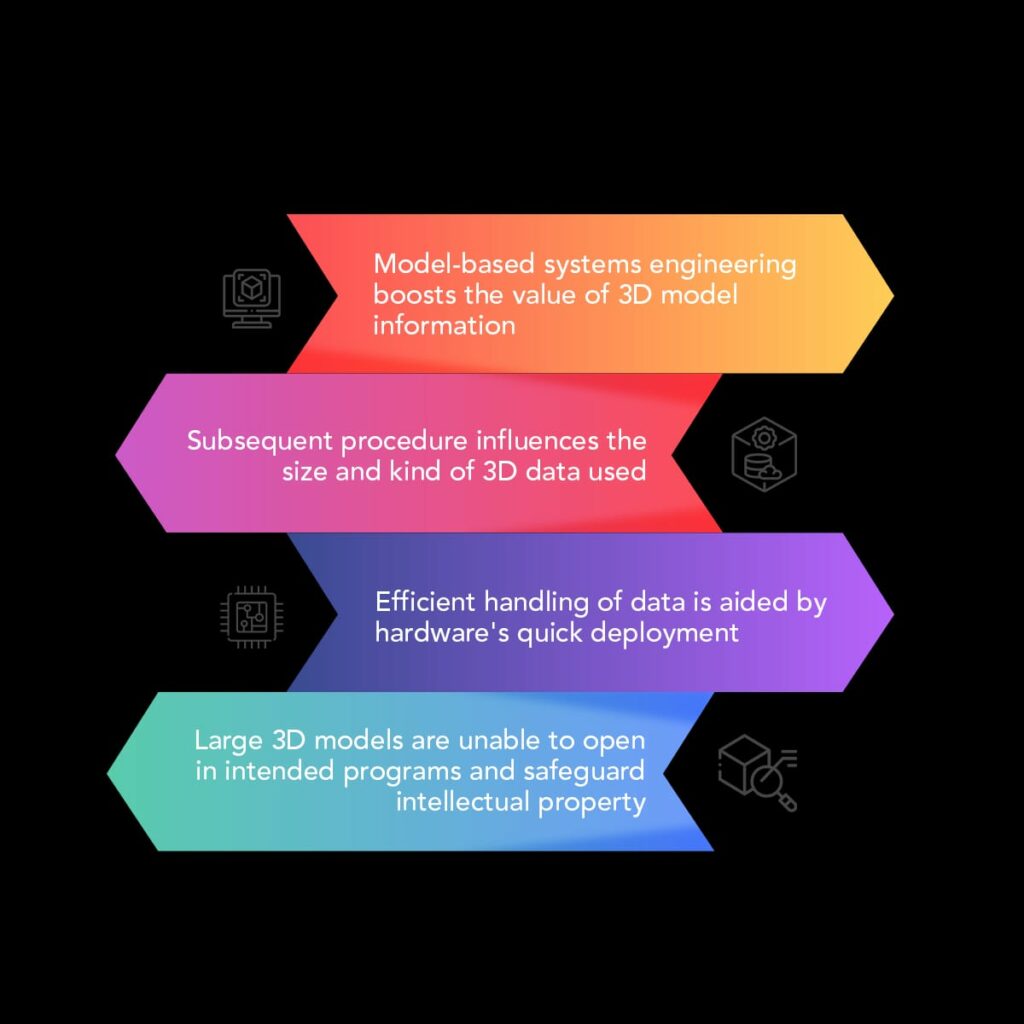
Use Cases for Simplifying in Collaborative Engineering:
A valuable addition to many use cases in collaborative engineering is simplification. Simplifying 3D models can cut down on lead times, make it easier to protect intellectual property, and make it easier to use 3D models in different engineering environments. There are three prominent application cases that stand out:
1. Reduced File Size:
The primary goal of file size reduction is to produce compact 3D models of finished goods or significant assembly. Large file sizes often emerge from multiple partners utilizing different CAD systems and transferring 3D CAD data in neutral formats. The storing of redundant information in CAD models, the storage of information that isn’t necessary for the engineering activity, and the development of file sizes due to export and transfer processes are major issues.
The aforesaid reduction methods and advanced compression algorithms create 3D models with decreased file sizes. It’s utilized for fixture design, digital mock-ups, and visualization. Large products and plant engineering often use basic shapes to replace common sections.
2. IP Security:
Collaborative engineering requires IP protection, becoming more common as Industry 4.0 and the Internet of Things gain popularity (IoT). As OEMs, suppliers, value-added networks, and customers share more 3D engineering data, protecting intellectual property (IP) becomes more critical during design. When a 3D model leaves an organization, its details must be limited. Simplifying 3D models is a widespread technique. Most downstream engineering applications require a simplified representation with reference geometry.
When switching assembly models for confidential components, eliminate technical design details on the part level and wrap to remove the inner geometry. Even for simplified models, this protects design knowledge and eliminates secret information. The external surface can be as accurate as the original 3D model; approximation can alienate it.
3. Creating CAE Models:
Implementing virtual simulation and employing the CAE tool reduces production lead time and provides trustworthy findings early in the design process. Engineers can save days by preparing 3D data for CAE simulation effectively. Mesh generation based on the extracted, reduced 3D model eliminates failures or inaccurate simulation results. CAE assessments are more accurate after long iterations.
Voids or solid forms, tiny meshes, increase the number of mesh elements, leading to erroneous simulation. Suppressing these details improves mesh quality. Many clearance gaps in assembly models also require a lot of manual labor. Enveloping uses advanced Boolean operations and other cutting-edge technology to automatically find gaps and fill them in large, complex structures.
Final Thought:
For global collaborative engineering to succeed, the right amount of information must be at the right location and time. Simplified 3D models can be built automatically and used as information carriers. As a result, they are frequently employed as lightweight models in many downstream processes and are easy to explain.
Simplified 3D models promote 3D communication and interoperability in heterogeneous system landscapes that use 3D data, such as when OEMs and suppliers share data or when suppliers work together internally. They assist manufacturing companies in shortening lead times and saving on engineering. Engineers are freed from tiresome physical labor to focus on innovation. Approximation, defeaturing, and enveloping are simplification techniques that ensure reliable IP protection in data transfer across corporate borders and enable the customized development of 3D models for CAE investigations. Due to fewer details and smaller file sizes, simplified 3D models may be examined more quickly and efficiently than original CAD models.
Future studies will focus on enhancing automation to build more basic 3D models. Reduced manual effort is needed to confirm the optimal technique and repetitive simplification, especially for big and complicated plant engineering models. Best practices from multiple simplification use cases must be blended to generate the best solutions. To reach a more extensive user base faster, specialist simplification skills may be removed from tools and made available on engineering platforms. With this, collaborative engineering based on lightweight CAD data will continue to develop through 3D model simplification.
In conclusion, the use of lightweight 3D models in collaborative engineering can bring many benefits. Using our proprietary framework, we can help convert heavy 3D engineering data into lightweight files that platforms and devices can easily ingest without losing fidelity. This can help improve efficiency in many different areas of engineering, such as Indoor Mapping, Outdoor Mapping, Urban Mapping, 3D Modeling, CAD Design, Manufacturing, and the AEC industry.
At Magnasoft, we have the expertise and the technology to provide high-quality, lightweight 3D models for various purposes. Contact us today to discuss how we can help you achieve your engineering goals.


